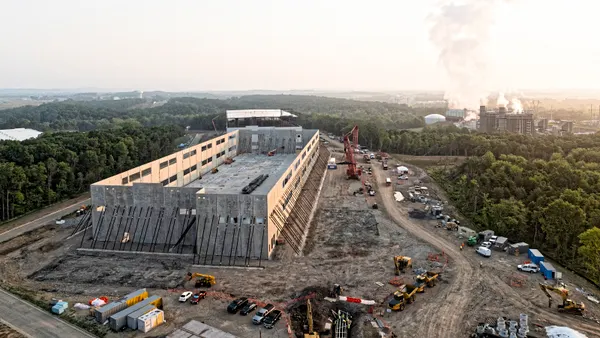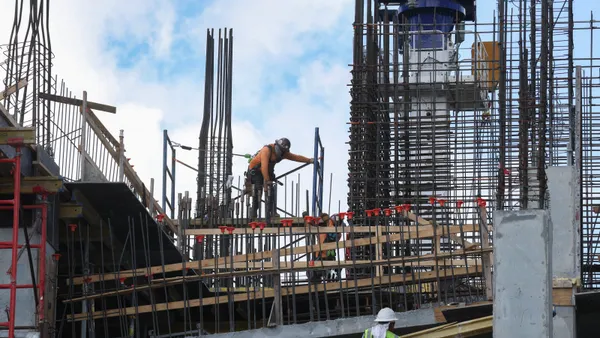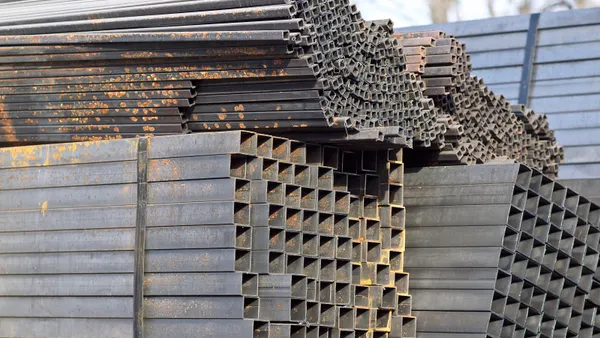Dive Brief:
- The U.S. Bureau of Labor Statistics reported last week that the average hourly construction wage increased to $30.18 in September, up from $30 in August and 3.1% higher than September 2017. This is the first time, according to an Associated General Contractors of America analysis, that average construction wages for U.S. workers have surpassed $30 an hour. Construction hourly pay is now 10.7% higher than the average wage for workers in all other private nonfarm industries, now at $27.24.
- Construction employment in September rose by 23,000 jobs, and of that figure, 18,600 jobs were added in the nonresidential sector — i.e. commercial building, specialty trades, heavy and civil engineering. However, association officials said the pool of qualified workers is growing thin and that even pay increases might not be enough to adequately staff their projects, which could increase costs and delays. In fact, the construction unemployment rate in September 2018 was only 4.1%, the lowest since 2000.
- The AGC updated its Workforce Development Plan for 2018, which presents ways that state and local governments, as well as the industry, can help beef up the supply of skilled workers. Recommendations include increasing funding for career and technical education programs for students and adults, expanding the use of Pell college grants for short-term certificate programs, making information about industry opportunities and potential earnings more available to construction students, reforming immigration policies, offering more apprenticeship programs and increasing industry recruiting.
Dive Insight:
As reflected in the latest BLS data, many contractors have been willing to live with smaller margins to attract new craft workers with higher pay. According to a recent AGC-Autodesk survey, 62% of industry respondents said their firms had increased hourly pay for craft workers, and 25% said they offered incentive and bonus pay. Another 25% responded that their companies improved employee benefit programs, but only 11% said their firms had no plans to increase pay and/or benefits in the near future.
Executive and managerial-level pay is also on the uptick as finding qualified personnel at that level has also been a challenge. In April, an Engineering News-Record analysis of industry compensation data revealed that these salaries increased 4% between 2013 and 2017. Some high-demand professionals like estimators were able to secure pay raises of up to 27% by switching employers, according to the study. Vice presidents of construction and managers experienced in alternate delivery methods were reportedly the most in demand.













